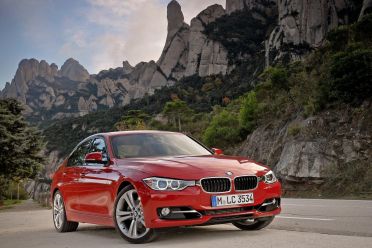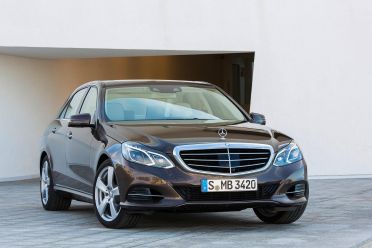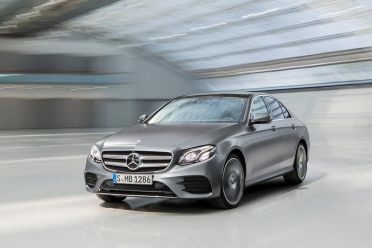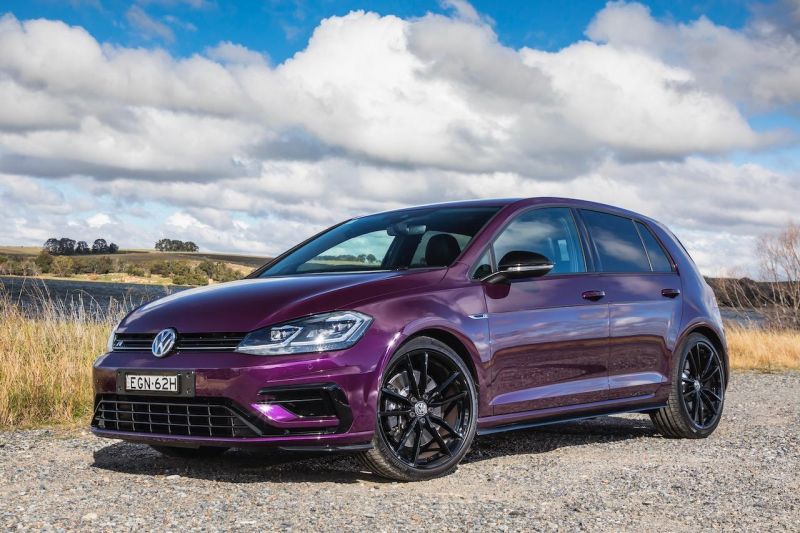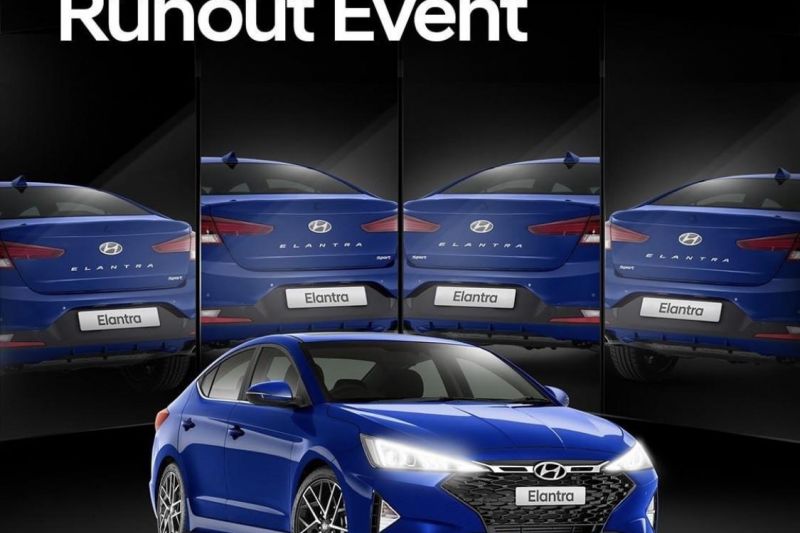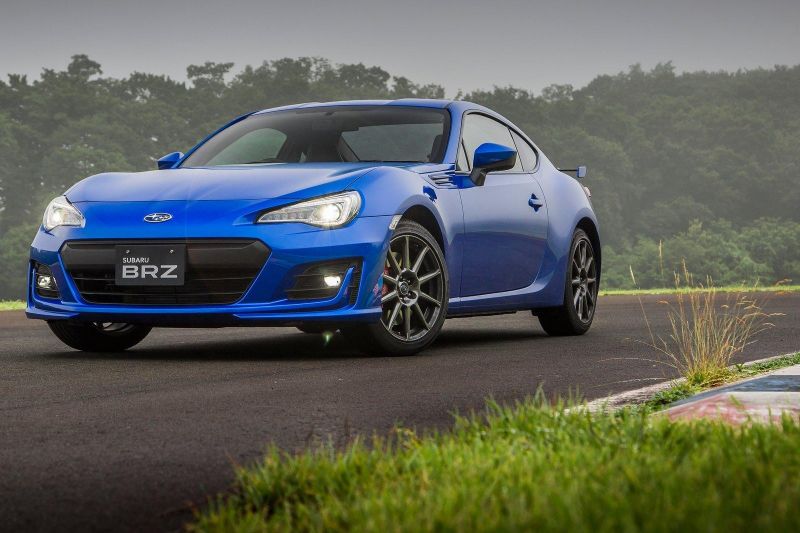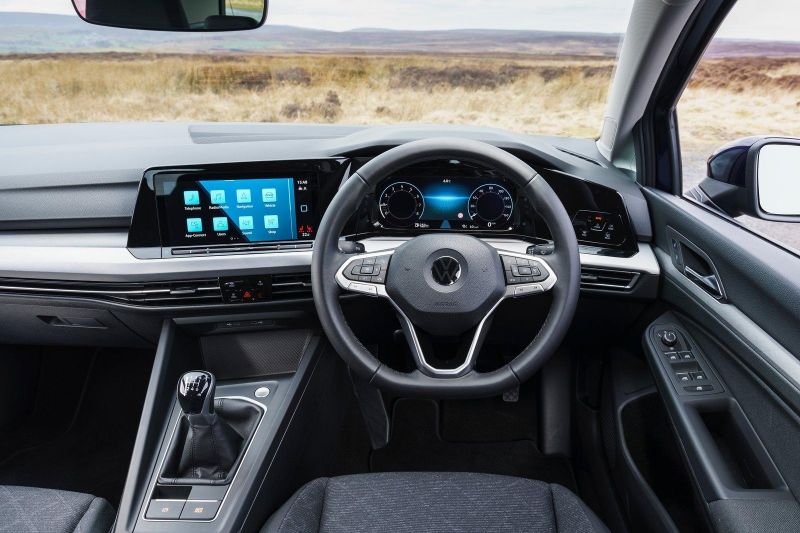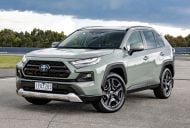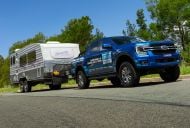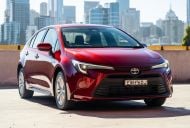A car has been on sale for several years, and has had all manner of updates and facelifts. The manufacturer has maxed out the amount of technology and features it can offer on the current platform, and a facelift has modernised the styling as much as possible.
In order to change the model further in any significant way, an all-new generation must be launched. So how is the existing model phased out?
New generation and all-new: what do these terms really mean?
Perhaps the best starting point to explore how existing models are phased out is to define the relationship between the outgoing model and the new one. Or more importantly, how the carmaker perceives this relationship.
Most manufacturers will market a new generation of a particular model as ‘all-new’. There’s no industry-wide, enforceable rule as to a set criteria or minimum level of changes that must be met for a model to be designated as a new generation.
However, as a rule of thumb, unlike the facelifts and model year updates discussed in last week’s article, an ‘all-new’ model typically brings extensive underlying mechanical changes, including potentially new or heavily-revised engines (in the case of internal-combustion vehicles).
Manufacturers make identification of a new model easier by assigning it a unique code. For BMW, this is typically a letter followed by two numbers. For example, the current G20 BMW 3 Series superseded the previous F30 generation.
Mercedes follows a somewhat similar letter followed by three numbers format. As an example, the latest E-Class is termed the W213 generation, with its predecessor branded the W212.
Other manufacturers may also follow a similar strategy. These codes are generally not included on customer facing marketing materials such as brochures or spec guides, however they are available as a filter when searching for vehicles on websites such as Carsales.
Phasing out an outgoing model
If an outgoing model is being replaced by a new generation, manufacturers will often strive to maintain interest in the existing option through the use of ‘special editions’ as it reaches end of life status.
Often produced in limited numbers, these special editions also help preserve residual value, although of course this depends more on the specific model being phased out.
Special editions will usually focus on making previously optional features standard, or introduce trim choices or paint colours that may not otherwise be commercially viable earlier in the model’s lifecycle.
For example, Volkswagen’s Golf R Final Edition was offered in a limited run of 450 units, with 150 examples taken off the regular production line to be factory hand-painted in one of three colours.
For iconic vehicles which have had a particularly long production run, finishing production through a run of special editions is often a way for carmakers and customers to celebrate the model’s history. This is exemplified by the Land Rover Defender.
On sale in its current iteration since 1983, Jaguar Land Rover ceased production of the model in 2016 with a run of ‘Heritage Edition’ models (54 offered in Australia) painted in ‘Grasmere Green’ and styled to resemble the original from the mid-20th century.
Of course, the reveal of a new generation model does not mean it immediately goes on sale. The carmaker’s initial priority is to clear existing stock, and for mainstream vehicles that means a runout sale.
As its name suggests, the intention behind a runout sale is to get rid of existing stock to prepare for the new-generation model, usually through discounts, bonuses such as free accessories on purchase, or other incentives such as extended warranties.
From a manufacturing perspective, production logistics mean carmakers stop taking orders for factory builds (as opposed to customers buying floor stock or what is already on the dealership lot) well in advance of the new model coming on sale.
This is especially the case with enthusiast vehicles which may only have a limited number of production lines or factories dedicated to their production. For example, Subaru stopped taking orders for its BRZ sports car towards the end of July this year, instead choosing to sell existing stock – well in advance of the new BRZ hitting showrooms on sale in 2021.
Why not wait? Isn’t newer always better?
All of this raises the question of when during a model’s lifecycle is the best time to buy. Is it better to take advantage of a runout sale, and buy a discounted example in the knowledge your new car will soon be superseded, or is it smarter to wait for the launch of a new model and then buy one of the first examples at a higher price?
The answer to this depends on a number of factors, including how long you intend to keep the car. From the perspective of the car itself, however, newer isn’t necessarily better.
The new Golf is a prime example of this. Whilst offering up-to-date styling and a host of technology improvements, it also debuts a new interior design and a raft of new technologies initial overseas reviews have found less intuitive than what’s fitted to the current car.
The outgoing Golf 7.5 is no laggard on the technology or safety front, offering AEB and various must-have features such as Apple CarPlay and Android Auto, along with a digital instrument cluster.
Another issue to consider is occasional teething issues with an initial production run for a new model. Although manufacturers undertake extensive testing prior to launching a new generation, not every issue may be uncovered. As vehicles become increasingly complex and packed with technology, there may be a risk an initial batch of cars at the start of a production run suffers from various minor issues, as the carmaker constantly refines production techniques.
Ultimately, the decision comes down to what you want from your car. If you would like the latest and greatest, then the newest model is the way to go. However, you’re satisfied with what is being offered on the outgoing car, and want to minimise the risk of any quality issues or the potential chance of a recall, then buying an outgoing model towards the end of its life – when any previous issues will likely have been resolved, is still a great option.

